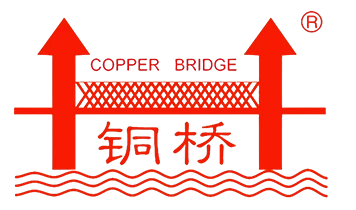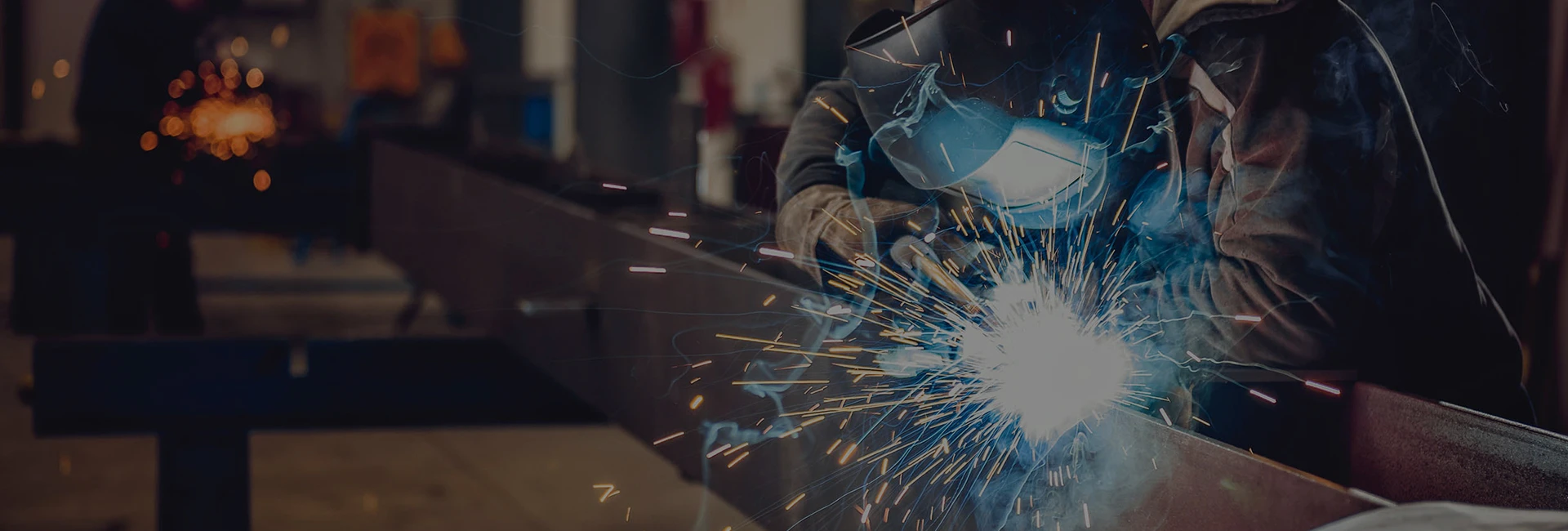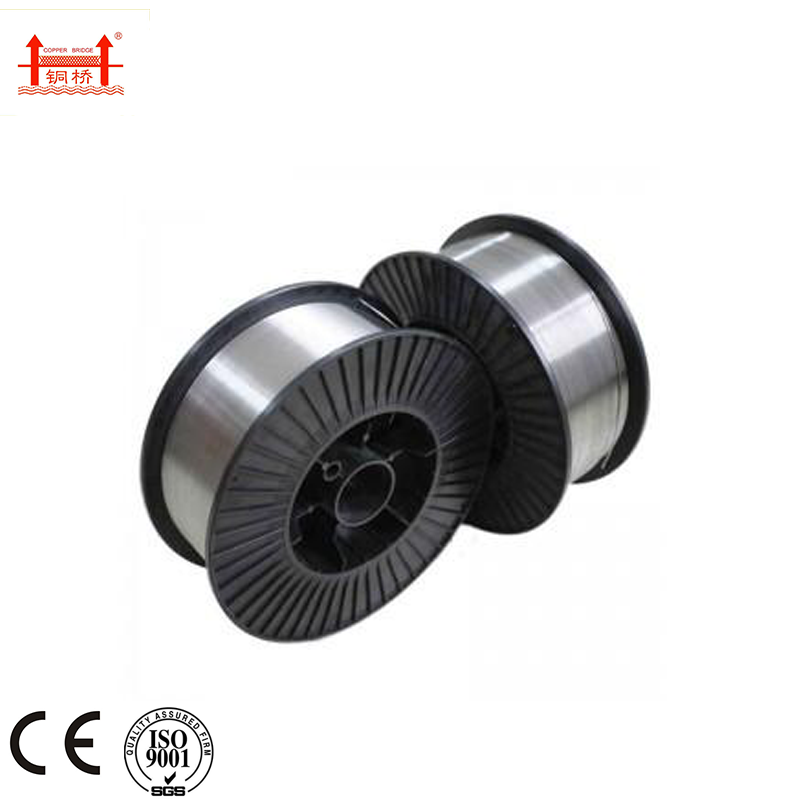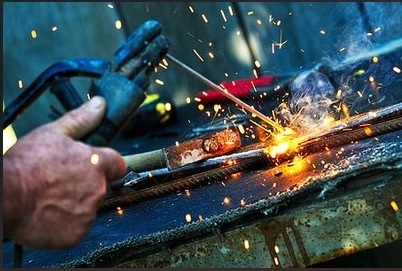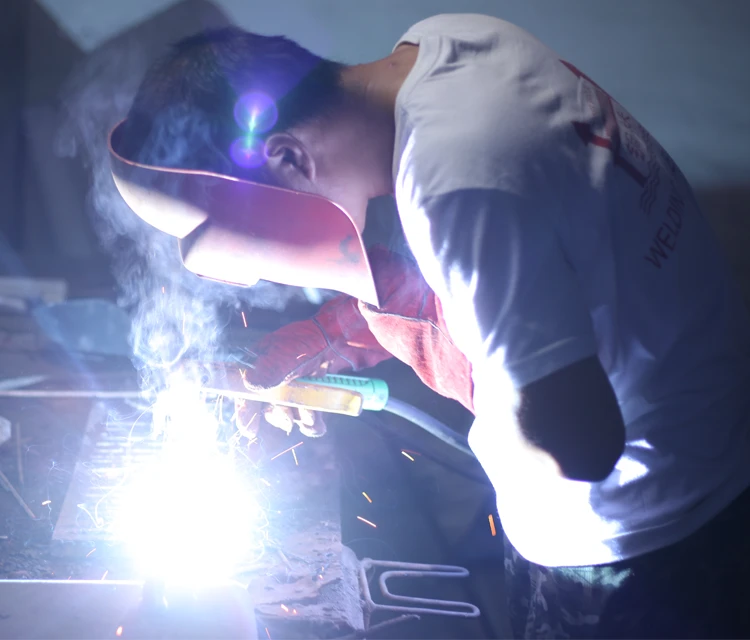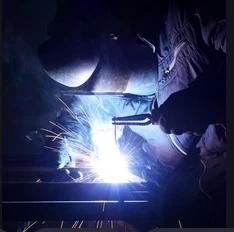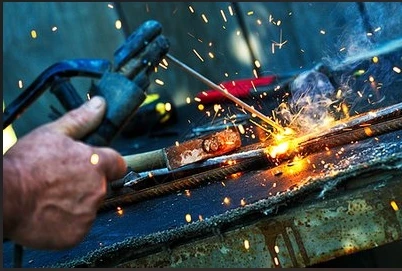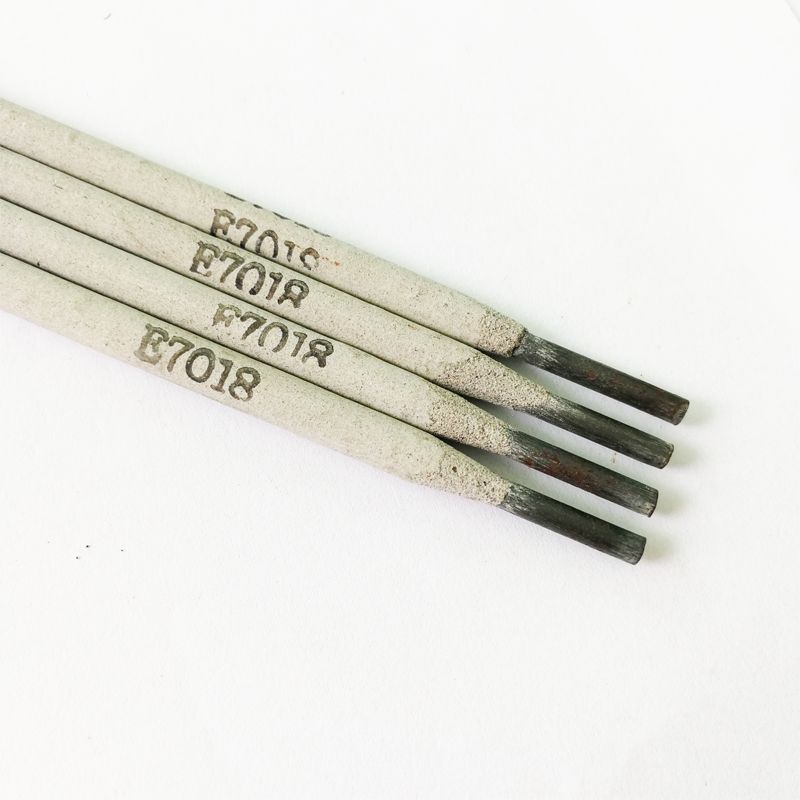Understanding 6011 vs 7018 Welding Rod: Differences, Uses, and Global Applications
Nov . 15, 2025 13:30
Understanding the Basics: What Does 6011 vs 7018 Welding Rod Really Mean?
If you've ever peeked into the world of welding, you might have come across terms like 6011 and 7018 welding rod, often tossed around as if everyone's in on a secret code. Well, in essence, these are two of the most popular types of welding electrodes, each with its own distinct properties and best-use scenarios.
Why does this matter beyond the shop floor? Welding is a backbone of infrastructure globally. From bridges to pipelines, homes to factories — what sticks together often relies on rods like these. So understanding the differences between 6011 and 7018 isn’t just a niche technical detail; it influences safety, cost, and efficiency worldwide.
Global Context: Welding Rods’s Role in the Industrial & Humanitarian Landscape
The global welding market was valued at over $5 billion recently, propelled by rapid urbanization and the continuous need for infrastructure maintenance and construction. According to the International Organization for Standardization (ISO 2560), rods like 6011 and 7018 help meet different structural and technical requirements.
Oddly enough, while welding rods are a very “industrial” product, they often surface in disaster-relief builds or humanitarian projects — think quickly setting up shelters or repairing critical pipelines after an earthquake. For organizations working globally, getting the right rod can spell the difference between solid, lasting repairs or costly rework.
Mini Takeaway: The choice between 6011 and 7018 welding rods isn’t academic — it impacts projects that touch millions of lives worldwide, blending engineering with real-world urgency.
Breaking Down 6011 vs 7018 Welding Rods: What Sets Them Apart?
1. Composition and Coating
6011 rods are cellulose-coated, which means they offer deep penetration and a forceful arc. This makes them great for rusty or dirty metals, though it results in more spatter and smoke.
By contrast, 7018 rods have low-hydrogen potassium coatings, producing strong, clean welds ideal for structural steel and applications where weld cosmetically tallies as much as strength.
2. Welding Position & Flexibility
6011 rods shine in all positions — vertical, overhead — lending huge flexibility especially on-site or in remote areas. 7018, while versatile, prefers flat or horizontal work, often in more controlled environments or where precision takes priority.
3. Strength and Durability
7018 rods tend to provide higher tensile strength and superior toughness. They’re commonly specified when welds must endure heavy loads, vibrations, or harsh environmental stresses.
4. Ease of Use and Skill Level
6011 rods are often considered more beginner-friendly, thanks to their forgiving arc characteristics and ability to "dig in" on less-than-ideal surfaces. Meanwhile, 7018 rods require dryer storage conditions and a steadier hand but yield better finished welds.
Mini Takeaway: If you imagine welding rods like different gears, 6011 is your rugged all-terrain jeep; 7018 is the luxury sedan for smooth, demanding runs.
Practical Applications: Who Uses These Welding Rods and Where?
- Construction Sites: 7018 dominates structural steel welding for bridges, buildings, and heavy machinery.
- Maintenance & Repair: 6011’s deep penetration makes it the go-to for repairing pipelines, farm equipment, or anything outdoors and “less than perfect.”
- Disaster Relief & Remote Operations: When conditions are dusty, wet, or unpredictable, 6011 rods enable critical fixes even in ad-hoc environments.
- Automotive & Shipbuilding: High-strength welds using 7018 provide the reliability these industries demand.
Regions such as Southeast Asia’s booming infrastructure markets or North America’s industrial hubs rely heavily on these welding rods to meet ISO and ASTM standards while controlling costs.
6011 vs 7018 Welding Rod: Specifications at a Glance
| Feature | 6011 Welding Rod | 7018 Welding Rod |
|---|---|---|
| Coating Type | Cellulose potassium | Low hydrogen potassium |
| Electrode Tensile Strength | ~60,000 psi | ~70,000 psi |
| Welding Positions | All positions (flat, vertical, overhead) | Flat, horizontal preferred |
| Typical Applications | Maintenance, farm/rusty metals | Structural steel, heavy fabrication |
| Storage Requirements | Standard storage | Requires dry storage to prevent hydrogen issues |
| Slag Removal | Easy | More difficult due to smooth weld |
Comparing Leading Vendors of 6011 and 7018 Electrodes
| Vendor | Product Range | Pricing | Global Shipping | Quality Certifications |
|---|---|---|---|---|
| Jinlong Welding Electrode | 6011, 7018, customized rods | Competitive for bulk orders | Yes, with export compliance | ISO 9001, CE Certified |
| Lincoln Electric | Wide range, premium quality | Mid to high | Global | AWS Certified |
| ESAB | Robust commercial lineup | Mid-range | Extensive global network | ISO 9001 |
Advantages & The Lasting Value of Choosing the Right Welding Rod
One thing many engineers emphasize is that picking the correct welding rod goes far beyond strength — it delivers peace of mind, sustainability, and safety.
- Cost Efficiency: Using 6011 on rusty, dirty metal saves time and prep costs. Meanwhile, 7018 minimizes repairs down the line.
- Reliability: 7018 rods create tougher welds, reducing failure risk in heavy structural applications.
- Environmental Impact: Proper welding means less scrap and less need for repeated work, aligning with ISO sustainability goals.
- Social Impact: Reliable welds in construction or disaster relief support safer environments and livelihoods.
It almost feels like the rods silently tell a story about the quality and ethics of the project they’re part of...
The Future of Welding Rod Technology & Industry Trends
Looking ahead, the welding industry is about to become more green and digital. Innovations include:
- Environmentally friendlier coatings with less harmful emissions during welding.
- Electrodes that integrate with automated welding and robotic arms, improving repeatability.
- Smart rods embedded with sensors to monitor weld quality in real-time.
- Better storage solutions ensuring welding rods like 7018 remain moisture-free even in remote locations.
So the classic 6011 vs 7018 welding rod debate might soon involve milliamp readings and IoT feedback rather than just arc characteristics.
Challenges and Expert Solutions in Practical Use
Despite their proven utility, each rod presents challenges. 6011 rods are messier, creating more slag and spatter, which demands cleanup — I know, nobody’s favorite. Conversely, 7018 rods require dry storage to avoid hydrogen contamination that causes brittle welds.
Experts recommend:
- Storing 7018 rods in heated ovens or sealed containers with desiccants.
- Using 6011 rods primarily in field repairs where surface prep can't be perfect.
- Training welders to switch rods appropriately depending on job demands and conditions.
FAQ: Practical Questions About 6011 vs 7018 Welding Rod
Q1: Which welding rod is better for repairing rusty farm equipment?
A: The 6011 welding rod is ideal here due to its deep penetration and tolerance for dirty or rusty metals. It cuts through grime effectively with a strong arc, making on-site repairs easier without the need for perfect surface prep.
Q2: Can 7018 rods be used in all welding positions?
A: While 7018 rods offer excellent strength and quality, they are best suited for flat and horizontal positions. Vertical or overhead welding is possible but more challenging and requires skilled welders and controlled environments.
Q3: How should I store 7018 welding electrodes?
A: 7018 rods need to be kept dry to prevent hydrogen-induced cracking. Many shops use rod ovens or sealed containers with desiccants to preserve the coating integrity. Using damp or old rods risks weld failure.
Q4: Are there cost differences between 6011 and 7018 rods?
A: Generally, 7018 rods tend to be pricier due to their coating and higher-quality welds. However, the initial expense can be offset by reduced rework and stronger weld longevity.
Q5: Where can I buy quality welding rods with global shipping?
A: Reputable vendors like Jinlong Welding Electrode offer a range of 6011 and 7018 rods with international shipping and certifications ensuring quality and compliance.
Conclusion: Long-Term Value in Knowing Your Welding Rods
Picking between 6011 vs 7018 welding rods isn’t just a technical choice; it’s a decision that influences safety, cost, and effectiveness globally. Whether you’re repairing a worn pipeline or building infrastructure that will stand for decades, the right rod matters.
Want to explore more about how these welding rods fit your project or business? Check out Jinlong Welding Electrode — they’ve built a reputation on quality and reliability.
After all, a weld is only as strong as the rod (and the welder) behind it.
References
Related Video


